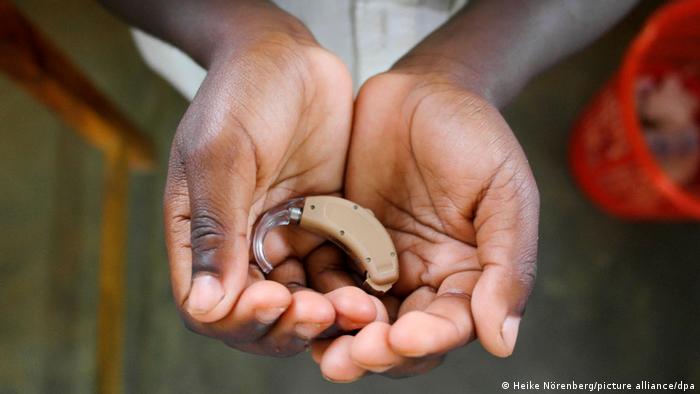CHICKENPOX is a normal childhood illness but parents have been warned that it could put their kids at risk of a deadly complication.
Experts say that it’s a common risk factor when it comes to Group Strep A.
Parents have been told to familiarise themselves with the symptoms of the illness after the deaths of five children.
Muhammad Ibrahim Ali, is the latest fatality with local media claiming he sadly died in his home following a cardiac arrest.
Speaking to The Sun, Dr Rachel Ward, practising GP at Woodlands Medical Centre in Didcot said: “Having chickenpox or recent chickenpox is a risk factor for developing invasive Strep A infection due the impact on the immune system of the chickenpox virus and possible skin infection via the spots.”;;
Also known as Streptococcus pyogenes, Strep A can cause mild illnesses, including sore throats and skin infections, alongside tonsillitis, cellulitis and impetigo (a very contagious infection that starts with blistered skin).
It can also cause scarlet fever, which is flu-like and tends to occur in children – it can be serious if not treated swiftly with antibiotics.
Experts at the UK Health Security Agency (UKHSA) have said that co-infection of both chickenpox and Group A Strep, carries an increased risk of complications.
This is due to the invasive nature of the infection, they said.
Sun columnist Dr Zoe Williams today said that while rare, invasive group A strep or iGAS is the most severe form of Strep A.
It only occurs in three out of every 100,000 cases and only occurs in three out of every 100,000 cases of scarlet fever a year.
“But we seem to be seeing that iGAS infections are up this year in children aged between 1-9.
“Like other types of Group A strep infections it is easily treated with antibiotics when caught early but the condition can rapidly worsen if the bacteria gets deeper into the body such as the blood.
“It’s important that parents and healthcare professionals remain vigilant when seeing children with potential group A strep
Infections, especially in those who have had recent chickenpox or are known to have been in contact with a case of scarlet fever.”;;
Dr Ward added that the bacteria invades the body and causes serious infections such as toxic shock syndrome, necrotising fasciitis and sepsis.
“Thankfully this is rare but with a number of cases of children dying of this infection, there will be close monitoring and assessment of cases and any new specific guidance will be issued,”;; she added.
Dr Zoe added that all cases should be reported to the UKHSA and warned parents to be on the lookout for flu like symptoms.
This would include a high temperature, a sore throat and swollen neck glands.
“A rash appears 12 to 48 hours later. It looks looks like small, raised bumps and starts on the chest and tummy, then spreads. The rash makes your skin feel rough, like sandpaper.
“On white skin the rash looks pink or red. It may be harder to see on brown and black skin, but you can still feel it.
“It remains important that scarlet fever cases are treated promptly with antibiotics to limit further spread, and reduce risk of potential complications in cases and their close contacts,”;; she said.
One expert today claimed that a lack of mixing due to the Covid-19 pandemic could be behind a drop in immunity when it comes to Strep A.
During the pandemic, kids were kept off school and were unable to mix with their peers.
Dr Simon Clarke, microbiologist at the University of Reading said: “It strikes me that as we are seeing with flu at the moment, lack of mixing in kids may have caused a drop in population-wide immunity that could increase transmission, particularly in school age children.”;;
He added that at present, he was unaware or any factors linking the four deaths that have been reported across the country.




